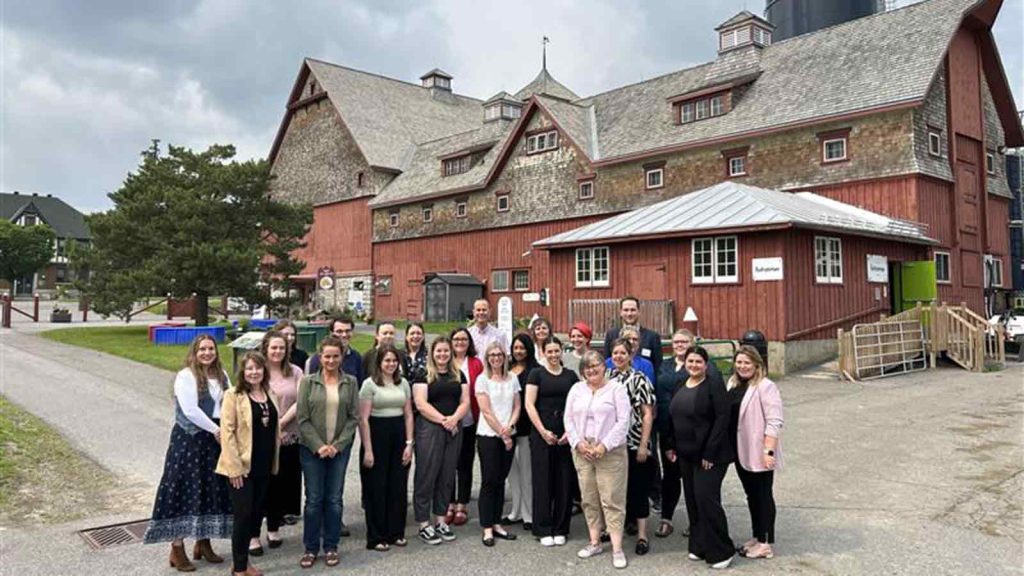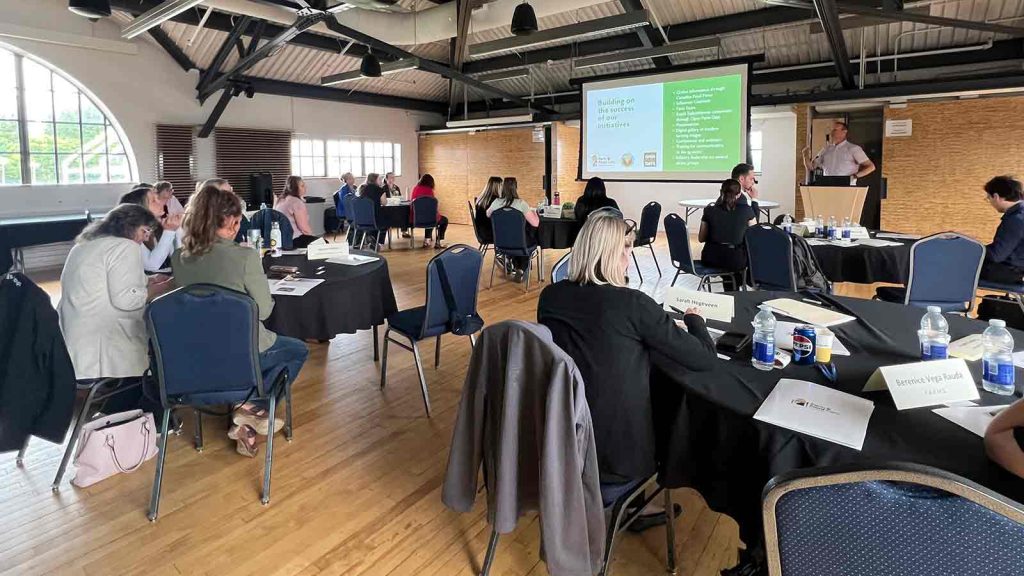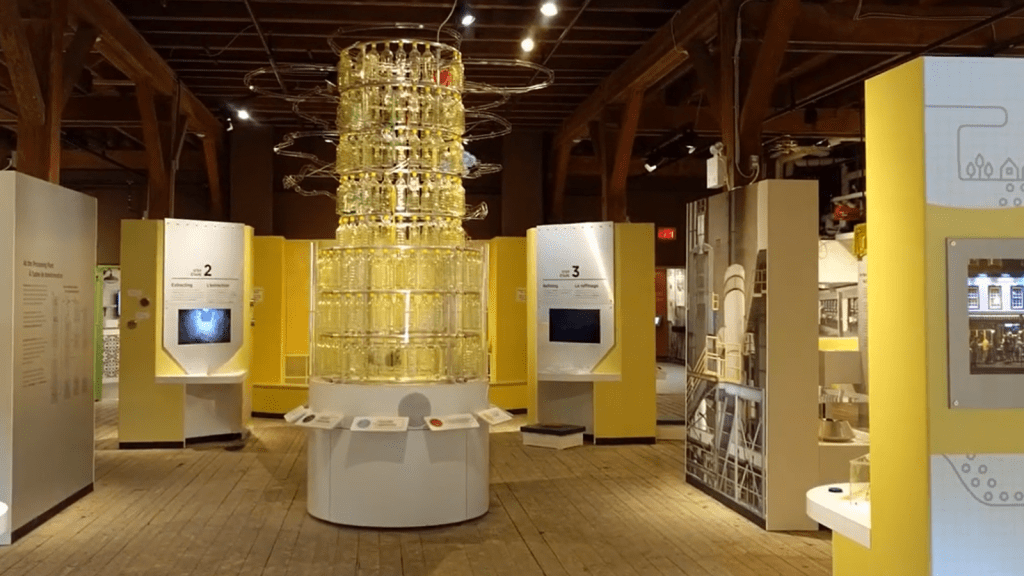On June 5, 2025, Farm & Food Care Ontario hosted an agriculture communicators event in Ottawa. Similar to the semi-annual ag communicator meetings organized by the Ministry of Agriculture in Saskatchewan, this brought together like-minded individuals and organizations that communicate with farmers and explain agriculture practices to consumers. The cross-section of attendees included farm groups, agri-businesses and county agriculture societies.


The meeting took place at the Canada Agriculture and Food Museum which is situated within the city limits of Ottawa and was facilitated by Christa Ormiston, Communications Manager with Farm & Food Care Ontario. The benefit of this event was not only the useful workshop about engagement practices with consumers, but also the hands-on experience of seeing how the museum actively engages with consumers on a daily basis. During this weekday meeting, a few hundred visitors passed through the gates and paid money to see what we as farmers and ranchers do everyday. Preschool children to adults walked through the working farm to better understand where their food comes from and received a healthy dose of how science helps agriculture. I was impressed with the in-depth look at the canola side of farming through an interpretive section as well as hands on experience driving a tractor.

It made me realize that we too have something similar in the heart of Saskatoon. I’ve received numerous comments from friends and neighbours that did not know we have a commercial dairy farm located on the University of Saskatchewan campus. The Rayner Dairy Research and Teaching Facility offers the general public the ability to walk through their interpretive centre and uses the overhead catwalk to view dairy cows and watch them being milked. This is an excellent opportunity to show those who may have questions about their food how one aspect of agriculture actually works.
I would challenge each of you to consider taking someone who isn’t from a farm to visit your farm or the Rayner Dairy facility (if you’re from the Saskatoon area) to help bridge the gap in food literacy. Each of these acts of engagement build the trust of modern agriculture.
